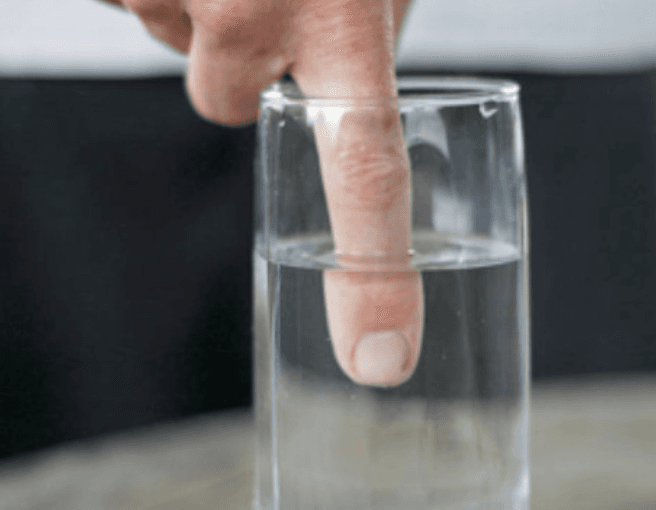Can you die from peripheral neuropathy? [Early vs Late Symptoms]
Peripheral neuropathy is a common condition affecting a significant portion of the population, particularly those over the age of 55. It manifests in sensory disruptions and motor functions, leading to chronic pain, numbness, and weaknesses, predominantly in the hands and feet.
Approximately 40% of people might experience some form of peripheral neuropathy in their lifetime. The most prevalent cause is diabetic neuropathy, which shares a worrying correlation with higher mortality rates among those with diabetes compared to their healthy counterparts.
- Numbness and tingling affecting about 60% of patients during the early stages.
- Sharp, burning pain affecting around 75% of individuals particularly at night.
- Loss of sensation, so common that many do not realize they have it, impacting over 80% of cases.
Diagnosing peripheral neuropathy involves evaluating blood flow and nerve sensation. We employ several methods during initial appointments to guide treatment options effectively.
While peripheral neuropathy alone isn't acutely lethal, the complications arising from unmanaged symptoms can deteriorate health rapidly. This is especially true in older adults, prone to falls and injuries due to impaired balance and numbness.
Statistics show that individuals with peripheral neuropathy have a significantly higher fall risk, leading to severe injuries and decreased quality of life.
- Increased fall risk recognized by the American Geriatrics Society.
- Severe heart and digestive issues due to autonomic nerve damage.
- Wounds and potential amputations particularly in diabetic patients.
Various treatments from medications to innovative therapies like shockwave and laser therapy are emerging. Regular consultation helps monitor therapy effects, adjusting them for maximum efficacy.
- Laser and shockwave therapy for reducing chronic pain safely.
- Checking for vitamin deficiencies that may exacerbate symptoms.
Besides therapies, physical activity remains paramount. Encourage a suitable exercise regimen while addressing any medical restrictions to combat symptoms effectively.
Education about peripheral neuropathy's implications is vital. This involves understanding early symptoms, seeking expert care promptly, and maintaining consistent follow-ups to prevent disease progression. Enriching patient quality of life through informed medical choices is the primary objective.
From Around The Web
Wellness Inbox is a blog & weekly newsletter that curates trending news and products related to health and wellness from around the web. We also gather content from various sources, including leading health professionals, and deliver it directly to you.
Please note that we may receive compensation if you purchase any products featured in our newsletter. Wellness Inbox is not affiliated with, nor does it endorse, any health professionals whose content may appear in our newsletter. The information provided is for general informational purposes only and should not be considered medical advice.
The information provided is not intended to replace professional medical advice, diagnosis, or treatment. All content, including text, graphics, images, and information available is for general informational purposes only. We do not guarantee the accuracy or completeness of any information presented and assume no liability for any errors or omissions. The content is subject to change without notice. We encourage you to verify any information with other reliable sources and consult your physician regarding any medical conditions or treatments.







